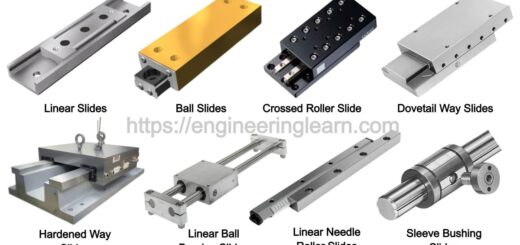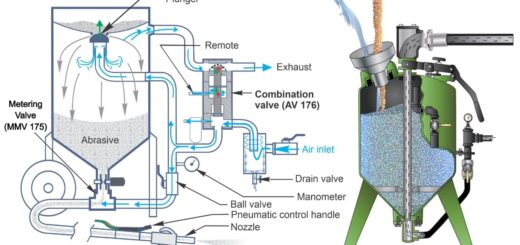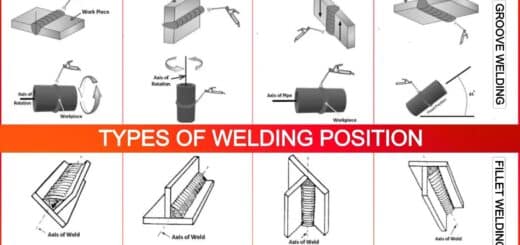What is Forging? Types of Forging Process & Methods [Explained with Pictures]
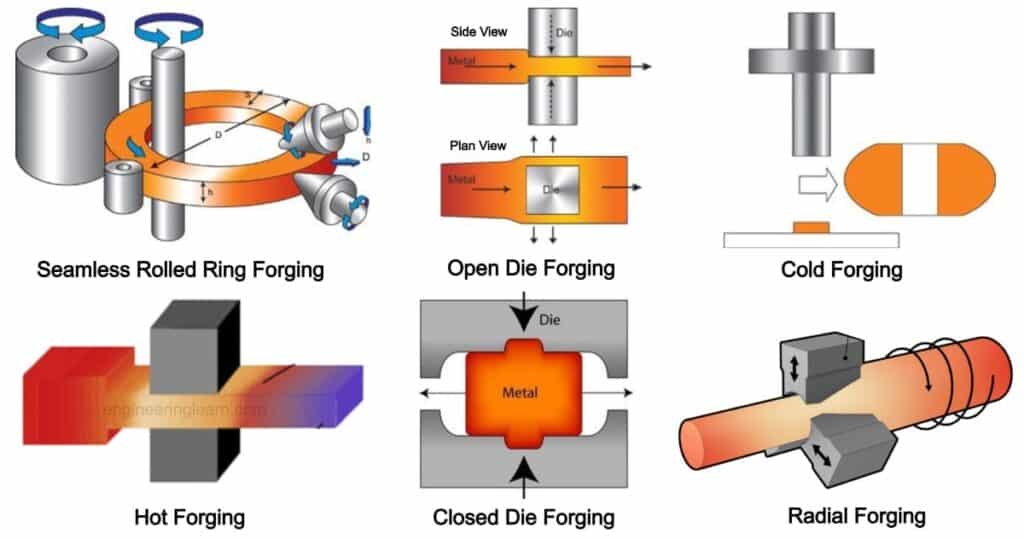
What is Forging?
What is Forging? Types of Forging Process & Methods :- Forging is said to be a process of shaping and forming metals through by performing some operations such as hammering, rolling or pressing. The process usually starts with a stock present initially known as starting stock, generally a cast ingot (or a “cogged” billet which already has been forged out from a cast ingot), which then undergoes heating till its plastic deformation temperature, then “kneaded” or upset between dies to the required size and shape.
Types of Forging Process
1. Open Die Forging: ( Types of Forging Process )
Open die forging generally consists the use of two simply shaped or flat dies for application of pressure to the material at base from both the sides. Open die forging is simply put a hot forming process which takes the use of standard flat, “V”, convex or concave dies in the use of presses. The process is taken in use to form a virtually limitless array of component sizes ranging from a few pounds to as much as over 300 tons. The workpiece is heated so as to improve its characteristics of plastic flow and reduce the force required to carry out the work in the metal.
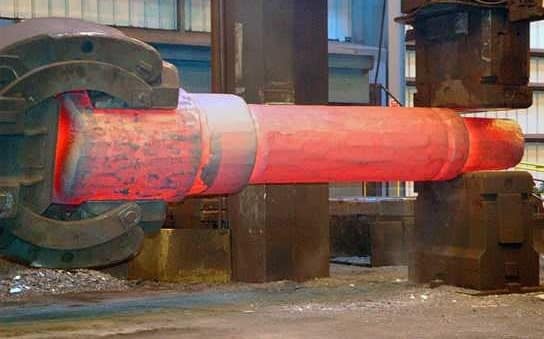
The workpiece is deformed symmetrical by a series of strokes caused due to the upper die while still being on the support of the die present below. Due to performing this operation of repeated high-level compression or hammering to the die, it eventually leads to the formation of the material into the shape required. As the dies taken in use do not completely cover or consists of the base material (hence the name of open die) and give space for free lateral movement, the process can be used for the creation of heavier and larger components.
Open Die Forging
When comparing this process to other processes of forging, open die forging leads to very little waste material and final products which have significantly better consistent grain structures and higher resistance to fatigue. Many largescale industries such as railway and aircraft industries often use the following process to manufacture heavy and large components, such as rollers, cylinders, and shafts.
Open die forging processes give more freedom to the workpiece to move in one or even two directions. The workpiece is usually compressed in the axial direction (direction in which the upper die usually moves) with no lateral constraint whatsoever. Lateral dimensions are generated by carefully taking control of the amount of axial deflection, or by performing rotation on the workpiece. Some of the most commonly preferred operations are cogging; upsetting; saddening and hot trepanning; punching, piercing, drawing, closing in; hollow forging; and ring forging.
2. Impression Die Forging: ( Types of Forging Process )
In impression die forging—which is industrially known as closed die forging—uses a variety of dies to shape material into the required products. However, not like the open die forging, the dies here completely enclose or consists of the material present at base. Additionally, when compared, the process requires much higher amounts of compressive forces to ensure the cavities present in die are filled thoroughly and form the complete desired part.
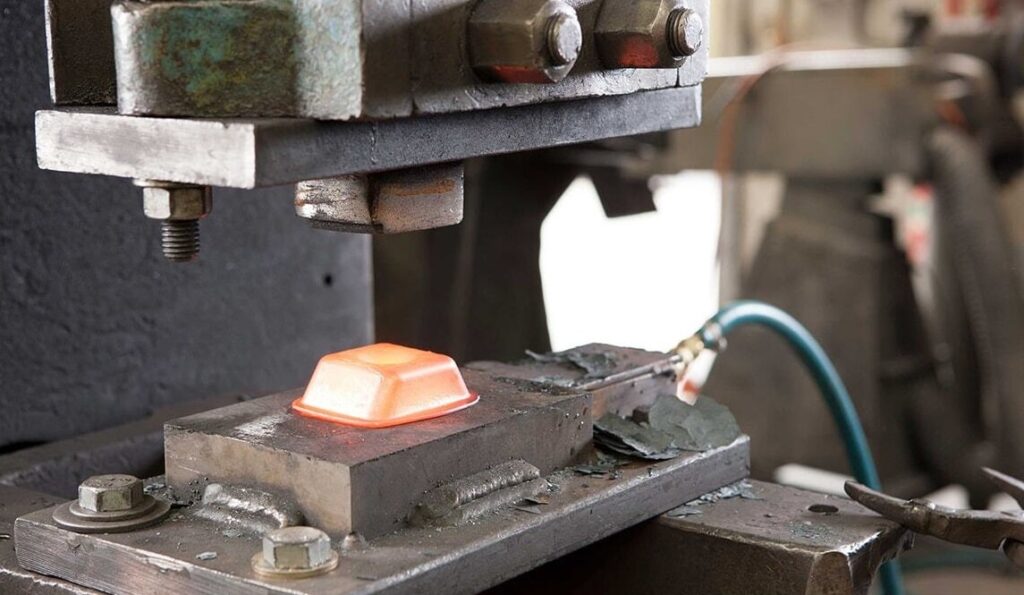
Impression die forged parts are generally smaller than the parts of open die forge. However, they possess tolerances which are tighter (including for the shapes of near-net) and better quality of surface finishes, both of which have a significant contribution to lower production costs for larger runs of production due to the reduced requirement for secondary operations of machining. The mining, automotive and oil and gas industries often depend on this process to produce parts of precession such as flanges, fittings, and engine components.
The simplest example it is so, in this, firstly it involves bringing together of two dies and then workpiece deformation is observed which is made of plastic until the walls of the die which are present on sides are touched by the enlarged sides. Then, there undergoes a flow of small amount of material from inside of the die to outside the die impression which leads to formation of a gradually thinned flash. The flash undergoes cooling rapidly and possesses greater resistance to deformation and helps in building up pressure inside the workpiece bulk that supports the flow of the material into impressions which are unfilled.
Closed Die Forging
Generally, impression die forgings generated on forging machines (horizontal) (up-setters) resembles to those generated by presses or hammers. Each of it is the result of forcing metal inside the cavities of the dies which deviate at parting lines.
The impression (pattern) in the “heading tool” which is ram operated is the equivalent of a press top die or a hammer. The “grip dies” consists of the impressions corresponding to the press bottom die or the hammer. Grip dies usually comprise of a stationery die and also moving die which, when are in closed position, help in gripping and holding the stock firmly in the required position for performing the desired forging operation. These dies permit the transmission of stock from one cavity to the other cavity in the numerous impression dies, after each stroke of work of the machine.
3. Cold Forging: ( Types of Forging Process )
In most of the forging methods discussed above, there application of heat to the base metal in some or the other way, there still are a huge variety of cold forging processes which can be taken in use instead. Some of the examples of cold forging methods are cold heading, bending, coining, cold drawing, and extrusion. These processes are taken in use for development of a wide range of products and parts varying highly in design.
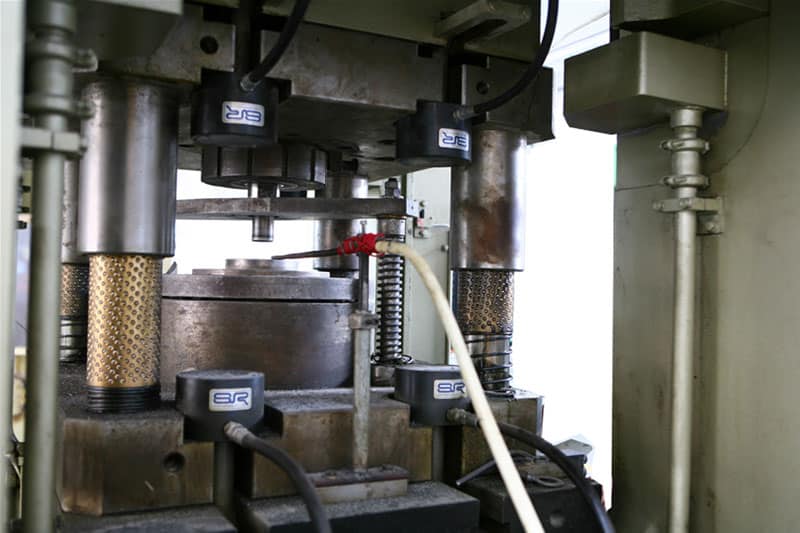
When this process is compared to other techniques like hot forging, the process of cold forging leads to the pieces production which have a characteristic tighter tolerance numbers and also rewards with good surface finish quality without having to go through the process of heat treatment or more costly materials. The automotive industry more often uses the process of cold forging to manufacture components with complex or unusual geometries, such as suspension components and steering, braking components, clutches, axles, gears, and pinions.
4. Hot Forging: ( Types of Forging Process )
In the process of hot forging plastic deformation of a metal at a particular temperature takes place and then prespecified strain rate occurs such that the recrystallization process is executed simultaneously with deformation, thus steering clear from strain hardening. For this process to happen, high temperature of workpiece (matching the temperature of metal’s recrystallization) must be maintained throughout the time of process. Isothermal forging is also a form of hot forging, where dies and materials are heated to the similar temperature.
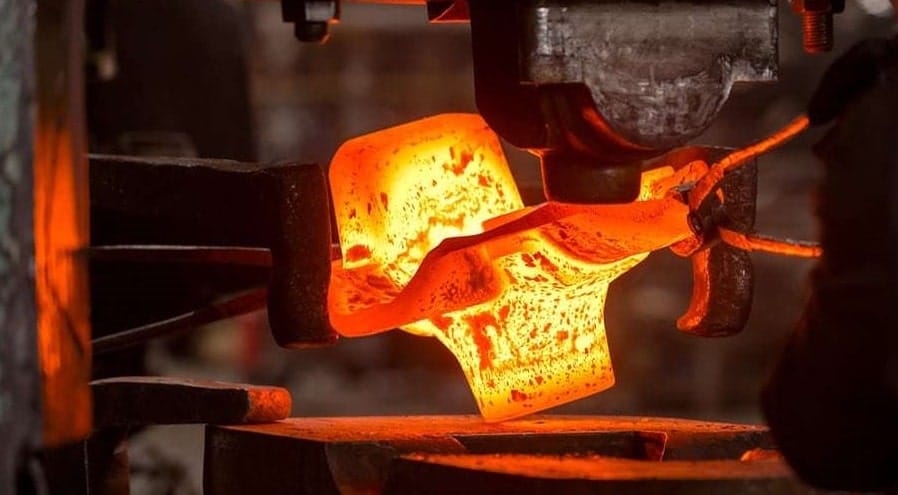
Considering the most common cases, isothermal forging is done in vacuum conditions or highly restricted atmosphere on super alloys to restrict it from getting through the process of oxidation.
5. Seamless Rolled Ring Forging: ( Types of Forging Process )
Same as the other die forging processes, rolled ring forging compresses dies to shape of desired/required material. However, instead of than using flat dies, the process takes the use of curved dies—typically two rollers which are opposing—to form components which are ring-shaped.
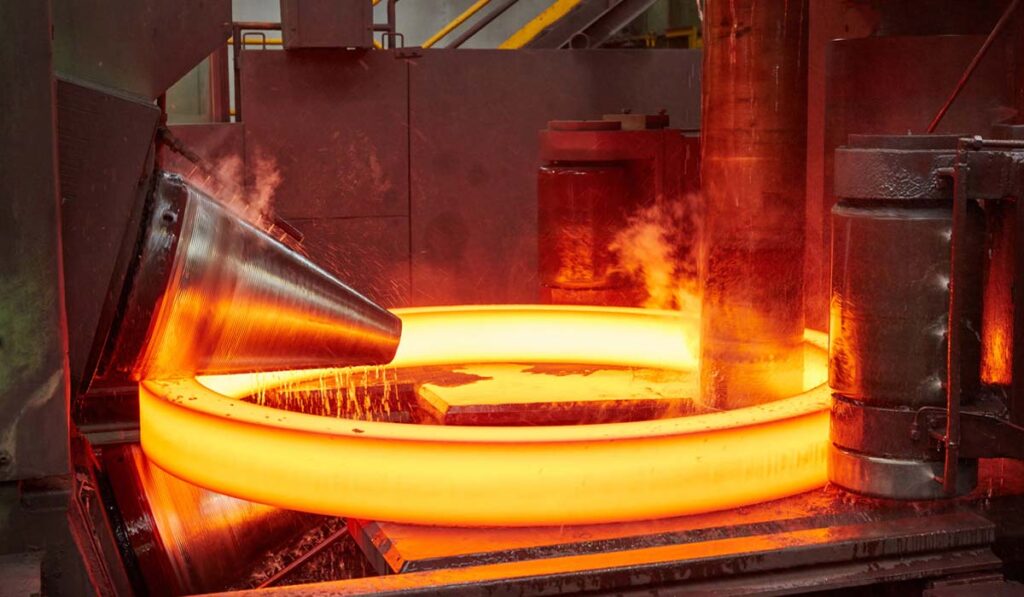
To kick-start the process of rolled ring forging seamlessly, abigotor an inlet is cut to the size required and then is tuned down/upset to the mechanical properties to the required state. What this eventually leads to is that the starting stock is pushed in between the flat dies at its temperature of plastic deformation in order to achieve the intended shape. Then the Centre part of the ingot’s Centre is made to create a “donut” (ring rolling in shape). The stock is considered to be hot at this point in time and the middle part would be cut to radially displace the metal.
Rolled Ring Forging
As soon as the punch out operation has been carried out and a complete hole through the stock is generated, the ring is now in a position for carrying out the ring rolling operation. It generally starts with ID and OD pressure being implied on the ring, and as there is increment in pressure, same happens with the ring diameter. When the required ring diameter is gained, the seamless rolled ring forging process is executed and completed.
The rolled ring forging process aids in continuous production, which allows for greater level of productivity and in return lowers the production costs. Additionally, rolled ring forged components generally have greater lifespans and better quality of surface finishes than the rest of the forged parts. Due to their greater durability, they are often taken in use in heavy equipment of mining, aerospace engines, railway equipment and wind power generation.
Image Source :- doitpoms, adityainc, indiantradebird, ejhadaway, copperforging, jyfmachinery, euskalforging
